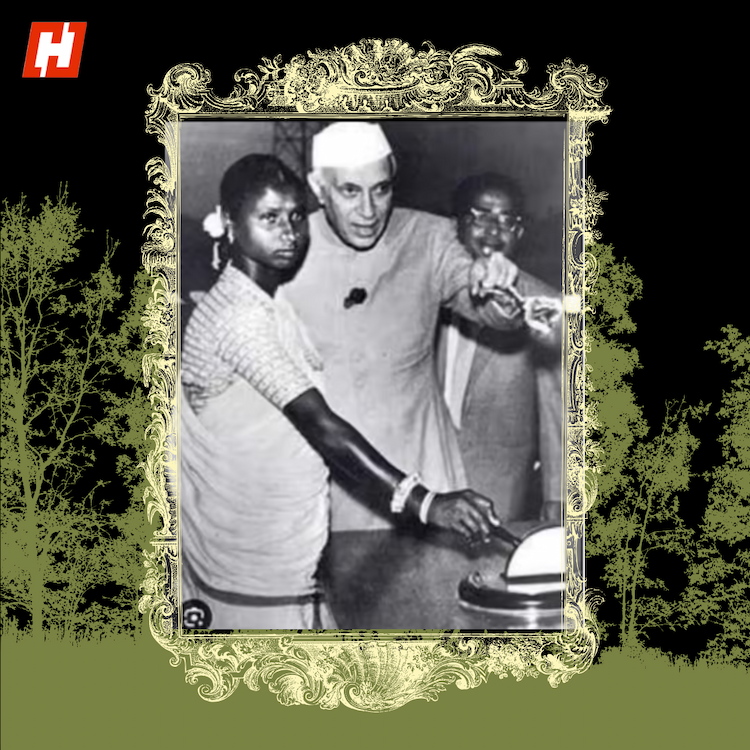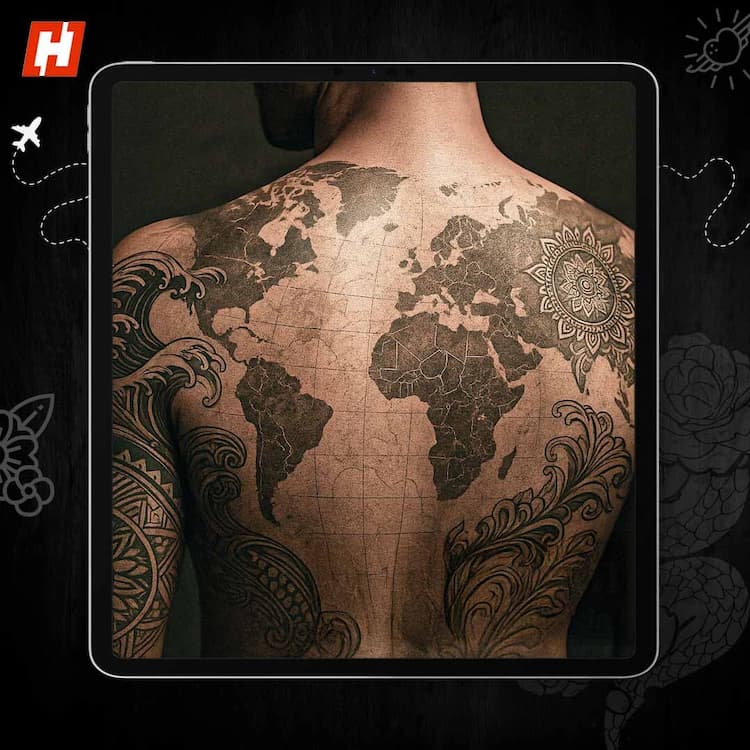The petticoat, a common underskirt for sarees today, has an unexpectedly rich history. Originally, it was not a women's garment but a men’s padded coat worn for warmth. Over centuries, cultural influences and fashion trends shaped its transformation into an essential part of saree draping. Let's explore the journey of the petticoat, from its origins to its modern reinvention.
The ‘Small Coat’ and Its Evolution
The term petticoat comes from the Old English words petit cote, meaning 'small coat'. It was initially a short, padded coat worn by men, particularly in colder regions, to provide insulation. However, by the Middle Ages, it transitioned into a skirt-like undergarment for women. This shift was influenced by changing fashion norms and the growing emphasis on layered clothing in European society.
The Victorian Influence on Saree Draping
During British colonial rule, Victorian fashion had a significant impact on Indian dressing styles. Elite urban women, especially those from anglicized families, began wearing structured undergarments under their sarees, similar to the way European women wore petticoats under their dresses. This practice soon became widespread, turning the petticoat into a standard element of saree draping.
Persian and Mughal Influences in India
Long before the British influence, Persian and Mughal cultures had already shaped Indian clothing traditions. Mughal-era garments often featured structured layers, and women wore full skirts underneath flowing fabrics to create a regal, voluminous silhouette. This practice paved the way for the petticoat’s adoption in India, blending functionality with aesthetics.
The ‘Brahmika’ Saree Drape: A Modern Transition
In the late 1800s, Debi Jnanadanandini, a member of Bengal’s Tagore family, revolutionised saree draping with the Brahmika style. She was inspired by the dressing styles of Parsi and Gujarati women she socialised with, incorporating a petticoat beneath the saree for ease and elegance. This innovation helped make saree-wearing more practical for urban, educated women, further cementing the petticoat’s role in Indian fashion.
The Myth of Petticoat Colours
In many traditional Indian households, petticoats were believed to influence a woman's aura based on their colour. Red symbolized prosperity and good fortune, while white represented simplicity and neutrality. Though this belief has faded over time, some women still choose petticoats in auspicious colours for special occasions.
Petticoats as Hidden Storage
Before purses became common, women in rural India cleverly stitched secret pockets inside their petticoats to store money, keys, or small valuables. This practice added a layer of security and convenience, allowing women to carry essentials discreetly.
Regional Variations Across India
Though universally known as a petticoat today, different regions in India have their own names for this garment. In West Bengal, it is called shaya; in South India, it is known as paavadai; and in Maharashtra, it is referred to as a ghagra. Each of these variations reflects local textile traditions and draping styles.
The Modern Reinvention: Shapewear Petticoats
With evolving fashion preferences, traditional petticoats have been replaced by sleek, shapewear versions. These modern designs offer better grip, support, and silhouette enhancement, making saree draping more effortless and stylish. The shapewear petticoat has gained popularity for its ability to provide a seamless look, eliminating the bulkiness of older styles.






